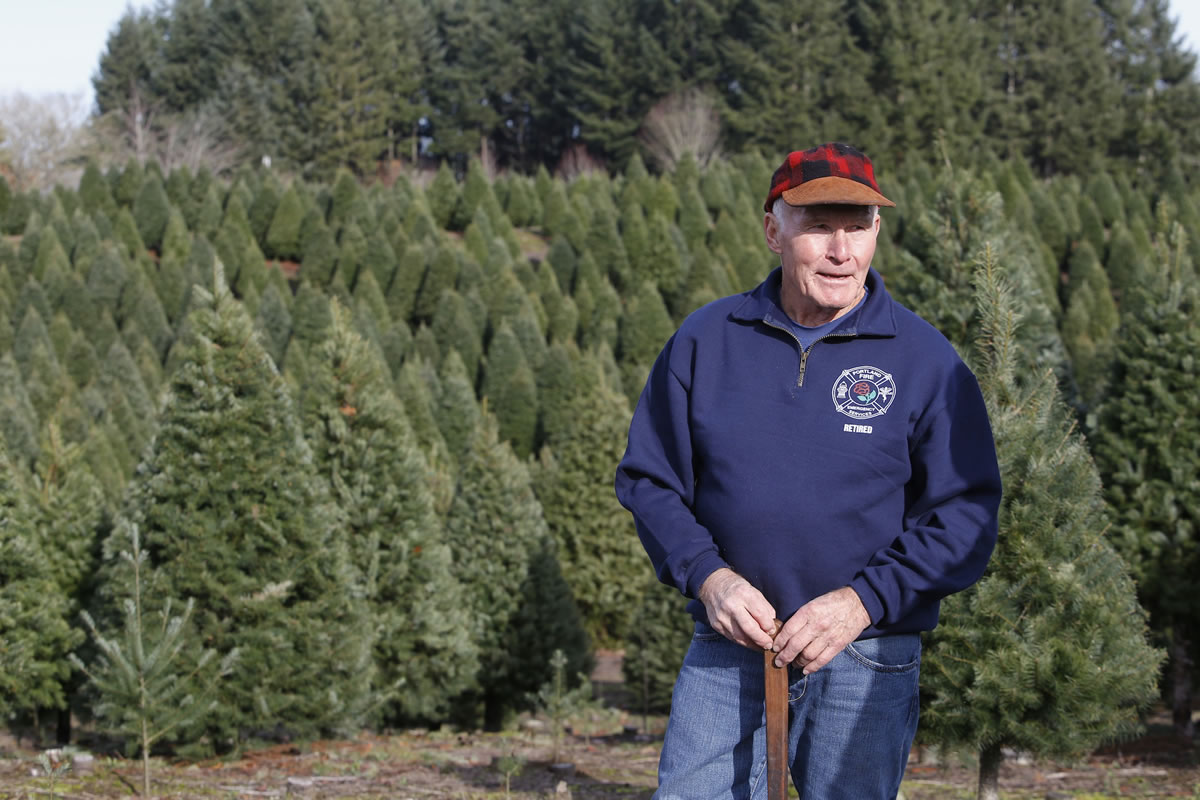Christmas Tree Industry works to promote itself
The 2014 farm bill included a 15-cent-per-tree assessment on farmers for the sale of Christmas trees, with the money raised going to promoting the business as a whole; think of those generalized, industrywide ad campaigns for milk, cotton or California raisins.
The grower-backed checkoff program will apply to farmers who sell 500 or more trees.
That bill went into effect too late for the industry to collect assessments from 2014 tree sales, said Tim O’Connor, the executive director at the Christmas Tree Promotion Board.
“We have a lot of plans. We’re moving as fast as we can, and we’ll have a very small consumer campaign out for 2015,” O’Connor said. “But the reality is we don’t collect funds until after 2015 Christmas.”
U.S. Secretary of Agriculture Tom Vilsack appointed the board’s members in January. That left them little time to get to work, O’Connor said.
There may be some social media marketing and public relations work, he said, but there won’t be “Beef: It’s what’s for dinner”-style TV ads for the Christmas trees this year.
The National Christmas Tree Association says 26.3 million trees were sold last year, but that was determined with a consumer survey, so there’s no exact number, O’Connor said.
Christmas trees don’t have barcodes and easy point-of-sale data, he said, so it’s hard to say how much money the industry will have for promotional purposes in 2016.
The best estimate he has for what the board will have to work with after this season is $2 million.
O’Connor said it’s too early to talk about the kind of campaign the board will create, but the methods won’t vary much from any other industry-focused campaign: Identify an audience, then create a message that resonates for it.
“You don’t get a shotgun out and start blasting into the bushes, hoping you hit something,” he said.
— Andy Matarrese




